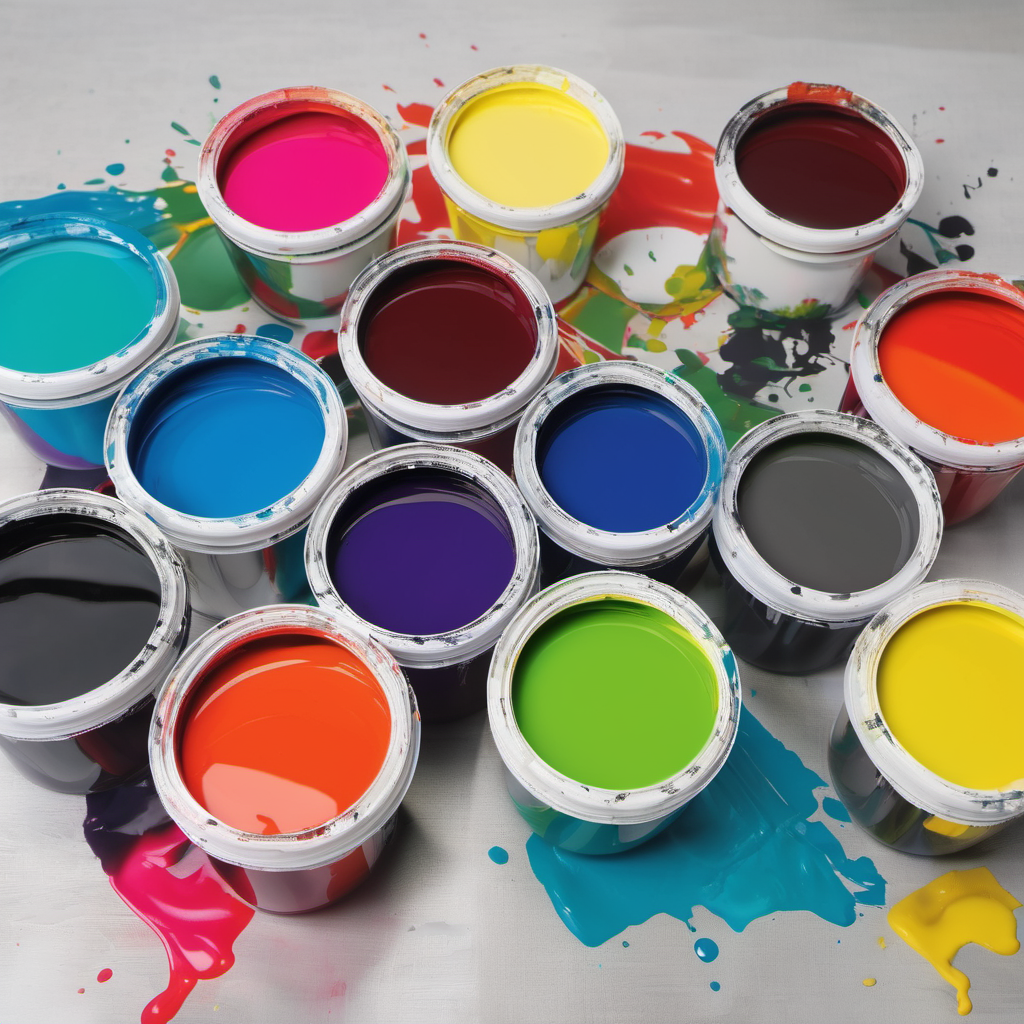Screen printing has come a long way, evolving with advancements in technology and environmental consciousness. One notable innovation in the realm of screen printing is the advent of water-based screen printing inks. In this blog, we’ll explore the benefits of water-based inks, their eco-friendly nature, and introduce you to a top-notch option for your printing needs – Spectrachem’s Aquabase Screen Printing and Textile Ink.
The Rise of Water-Based Screen Printing Inks: Water-based inks have gained popularity as a sustainable alternative to traditional solvent-based inks. These inks are formulated using water as the primary solvent, minimizing the use of harmful chemicals. As a result, they are environmentally friendly and comply with stringent regulations, making them an excellent choice for conscious businesses and individuals.
Key Benefits of Water-Based Inks:
-
Eco-Friendly: Water-based inks have a lower environmental impact compared to solvent-based counterparts. They contain fewer volatile organic compounds (VOCs), reducing air pollution and promoting a healthier working environment.
-
Soft Feel: Prints made with water-based inks are known for their soft hand feel. The ink permeates the fabric fibers, creating a breathable and comfortable print that doesn’t compromise on quality.
-
Vibrant Colors: Contrary to the misconception that water-based inks result in dull prints, these inks offer vibrant and rich colors. They can be used on a variety of fabrics, delivering exceptional results on both light and dark materials.
-
Versatility: Water-based inks are versatile and suitable for a wide range of applications, including textiles, apparel, and promotional products. They can be used on various fabrics, making them a go-to choice for screen printers looking for flexibility.
Introducing Spectrachem’s Aquabase Screen Printing and Textile Ink: When it comes to water-based screen printing inks, Spectrachem’s Aquabase stands out as a reliable and high-quality option. Here’s why:
-
Innovative Formulation: Aquabase ink is formulated with precision, ensuring optimal performance and durability. It meets the industry’s standards for colorfastness and longevity.
-
Extensive Color Range: Spectrachem offers an extensive color range, allowing you to bring your creative visions to life. Whether you need vibrant hues or subtle tones, Aquabase has you covered.
-
Easy to Use: Aquabase ink is user-friendly and easy to work with, making it suitable for both beginners and experienced screen printers. It can be applied using various printing techniques, providing flexibility in the printing process.
-
Compliance with Environmental Standards: Spectrachem is committed to environmental responsibility. Aquabase ink complies with eco-friendly standards, making it a sustainable choice for your printing projects.
Conclusion: As the demand for sustainable and high-quality printing solutions grows, water-based screen printing inks have emerged as a frontrunner. Spectrachem’s Aquabase Screen Printing and Textile Ink not only meets the industry’s standards but also contributes to a greener and healthier printing environment. Explore the world of water-based inks and elevate your printing experience with Aquabase. Visit Spectrachem’s website to discover the full range of colors and unleash your creativity.


